Two circuits in one conduit
greenmile
15 years ago
Related Stories
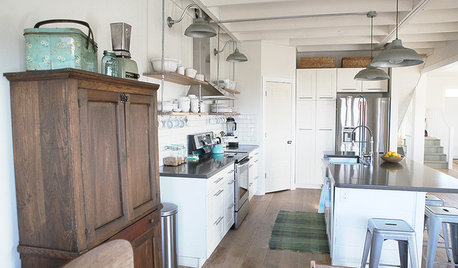
DESIGN DICTIONARYConduit
A conduit inside a building serves as a channel for electrical cables and wires
Full Story0
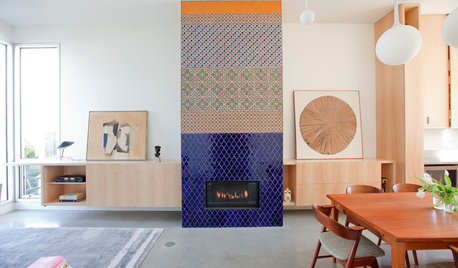
HOUZZ TOURSHouzz Tour: Innovative Home Reunites Generations Under One Roof
Parents build a bright and sunny modern house where they can age in place alongside their 3 grown children and significant others
Full Story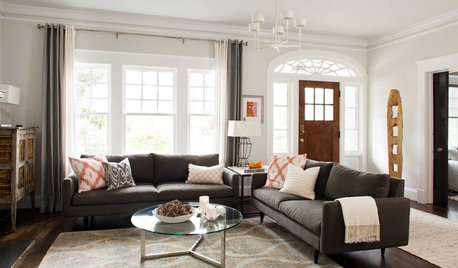
ENTRYWAYSNo Entryway? Create the Illusion of One
Create the feeling of an entry hall even when your door opens straight into the living room. Here are 12 tricks to try
Full Story
REMODELING GUIDESOne Guy Found a $175,000 Comic in His Wall. What Has Your Home Hidden?
Have you found a treasure, large or small, when remodeling your house? We want to see it!
Full Story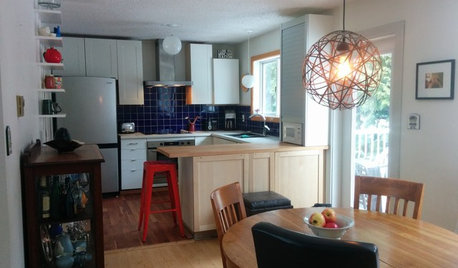
SMALL KITCHENSThe 100-Square-Foot Kitchen: One Woman’s $4,500 DIY Crusade
Teaching herself how to remodel, Allison Macdonald adds function, smarter storage and snazzier materials
Full Story
SMALL HOMESMy Houzz: The Antidote to Dreariness, in One Small Brooklyn Apartment
1. Stir spirited colors together. 2. Sprinkle in playful decor. 3. Top off with the striking creativity of the gifted artist who lives there
Full Story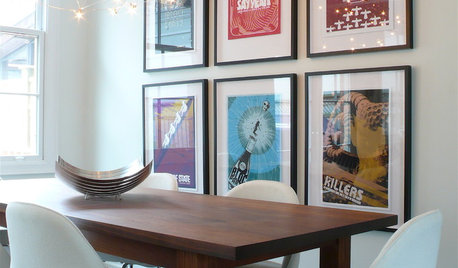
HOUSEKEEPINGTo Do: Choose Your Weekend Project
You know the one — it's been hanging over your head for months. Just pick one from your list to do now, and enjoy the change
Full Story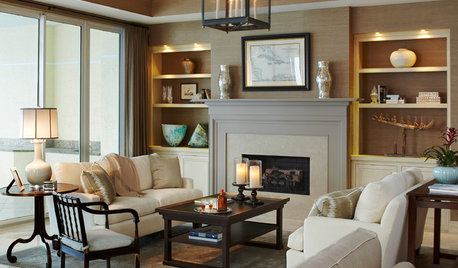
LIGHTINGGet Turned On to a Lighting Plan
Coordinate your layers of lighting to help each one of your rooms look its best and work well for you
Full Story
FLOORSIs Radiant Heating or Cooling Right for You?
Questions to ask before you go for one of these temperature systems in your floors or walls (yes, walls)
Full Story
EDIBLE GARDENSSummer Crops: How to Grow Tomatoes
Plant tomato seedlings in spring for one of the best tastes of summer, fresh from your backyard
Full Story






petey_racer
greenmileOriginal Author
Related Professionals
Arkansas City General Contractors · Clarksville General Contractors · Jamestown General Contractors · Modesto General Contractors · Mount Vernon General Contractors · Plano General Contractors · Travilah General Contractors · Phoenix Solar Energy Systems · Belleville Solar Energy Systems · Greenwich Solar Energy Systems · Syosset Solar Energy Systems · Boynton Beach Home Automation & Home Media · Highland Park Home Automation & Home Media · Riverdale Home Automation & Home Media · Walnut Creek Home Automation & Home Mediajoed
Skapare
greenmileOriginal Author
spencer_electrician
saltcedar
greenmileOriginal Author
Skapare
joed